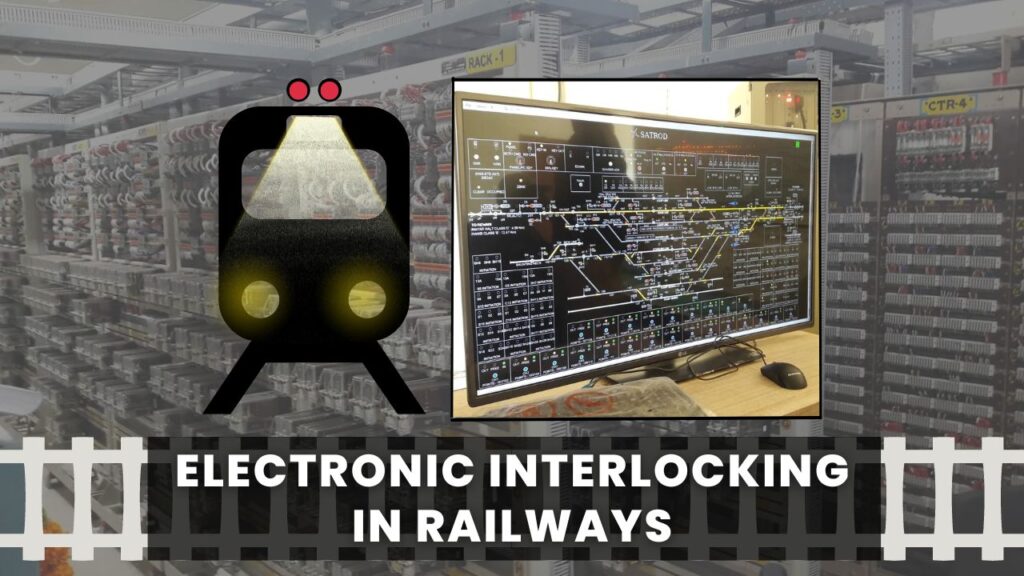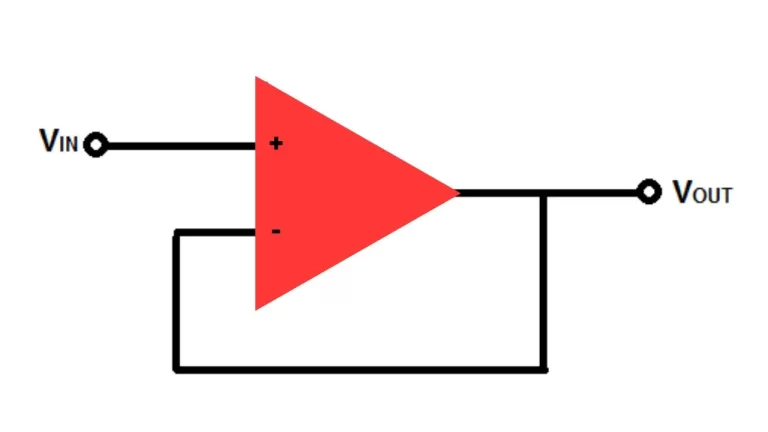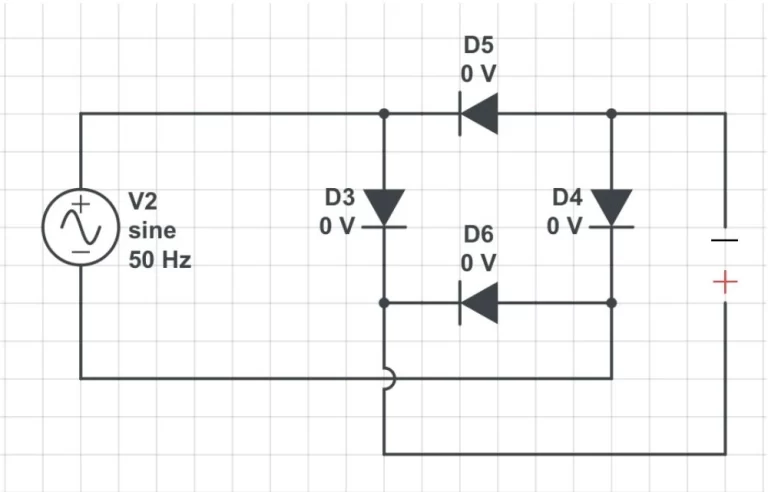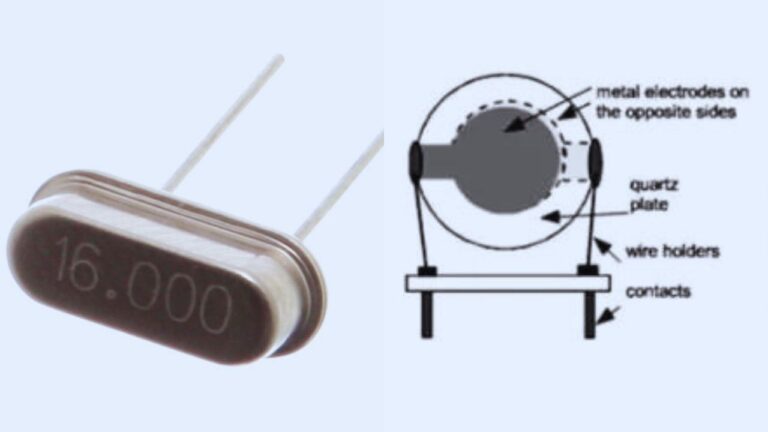
Electronic interlocking in railways is a sophisticated signaling system designed to ensure safe train operations on railway tracks.
It serves as an advanced version of traditional interlocking systems, which are responsible for coordinating train movements, signal displays, and switch operations to prevent any potential collisions or accidents.
Electronic Interlocking in Train
Unlike older mechanical and electromechanical interlocking systems, electronic interlocking relies on modern electronic technology, such as computers and software, to perform its functions. This brings about several advantages in terms of flexibility, reliability, and overall performance.
The core of an electronic interlocking system consists of computer-based controllers that receive and process various inputs from track circuits, axle counters, and other sensors along the railway tracks. These inputs include
- information about train positions.
- signal indications
- switch positions.
By utilizing predefined logic and interlocking rules, the controllers determine the safest routes and signal aspects for the trains.
The system communicates with trackside equipment, such as signals, switches, and level crossing barriers, to control their operation. This ensures that signals display the appropriate aspects to train drivers, switches are correctly aligned, and level crossings are adequately protected.
One of the significant advantages of electronic interlocking is its ability to provide advanced functionalities. For example, it can monitor train movements, enforce speed control, and even automatically set routes. Moreover, it enables centralized control and remote operation, which leads to more efficient and reliable train operations.
Overall, electronic interlocking systems play a crucial role in enhancing railway safety and efficiency. By preventing conflicting movements and enforcing safety parameters, they minimize the risk of accidents and collisions. Consequently, these systems are widely employed in modern railway signaling systems worldwide.





